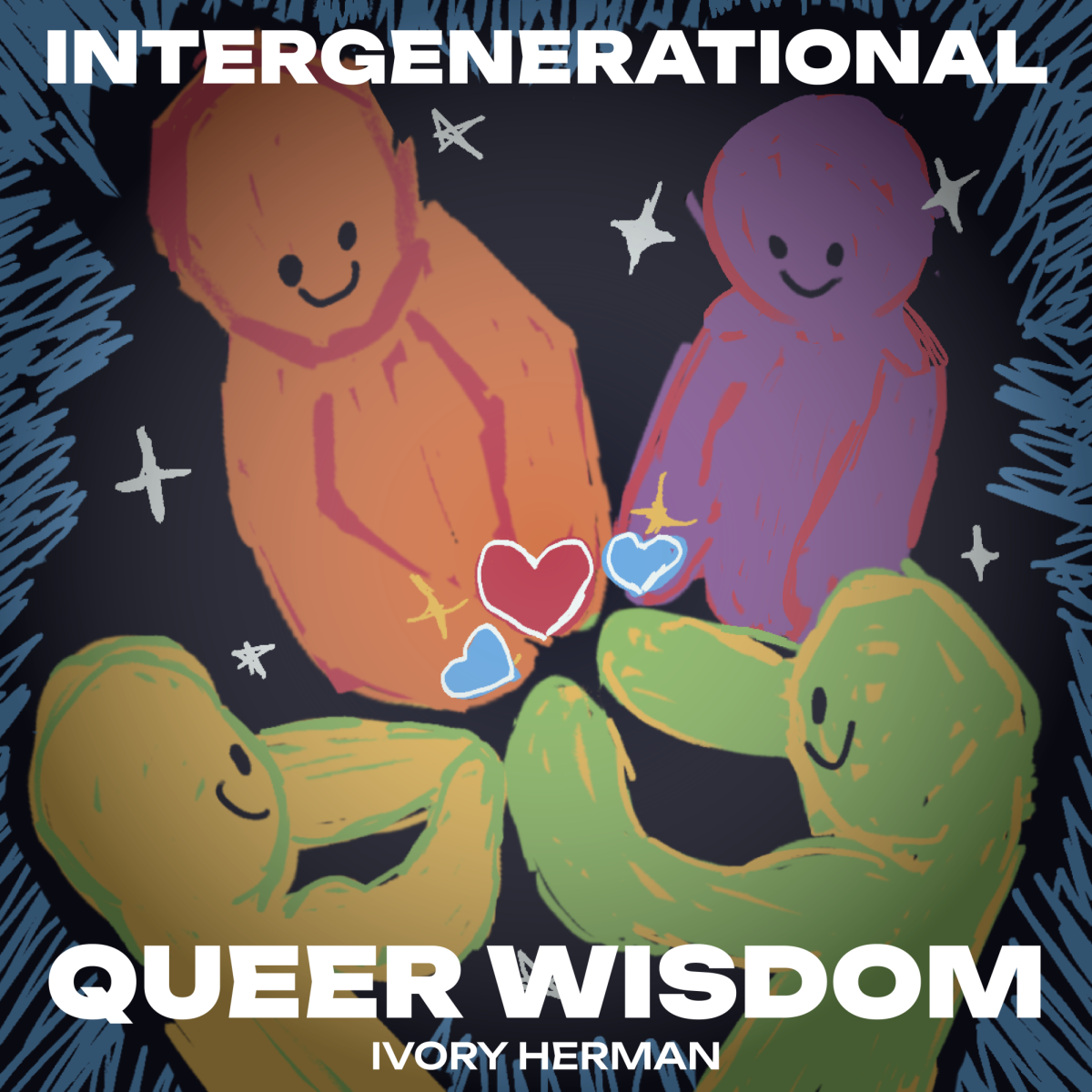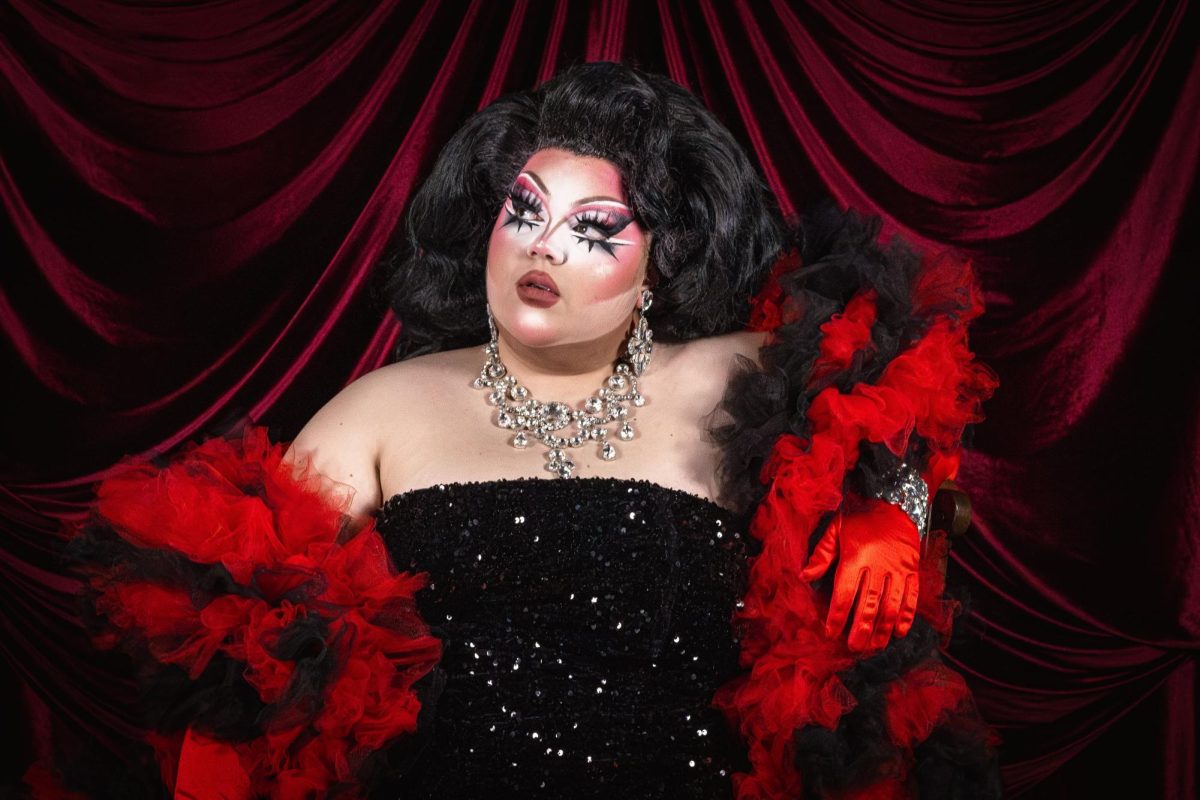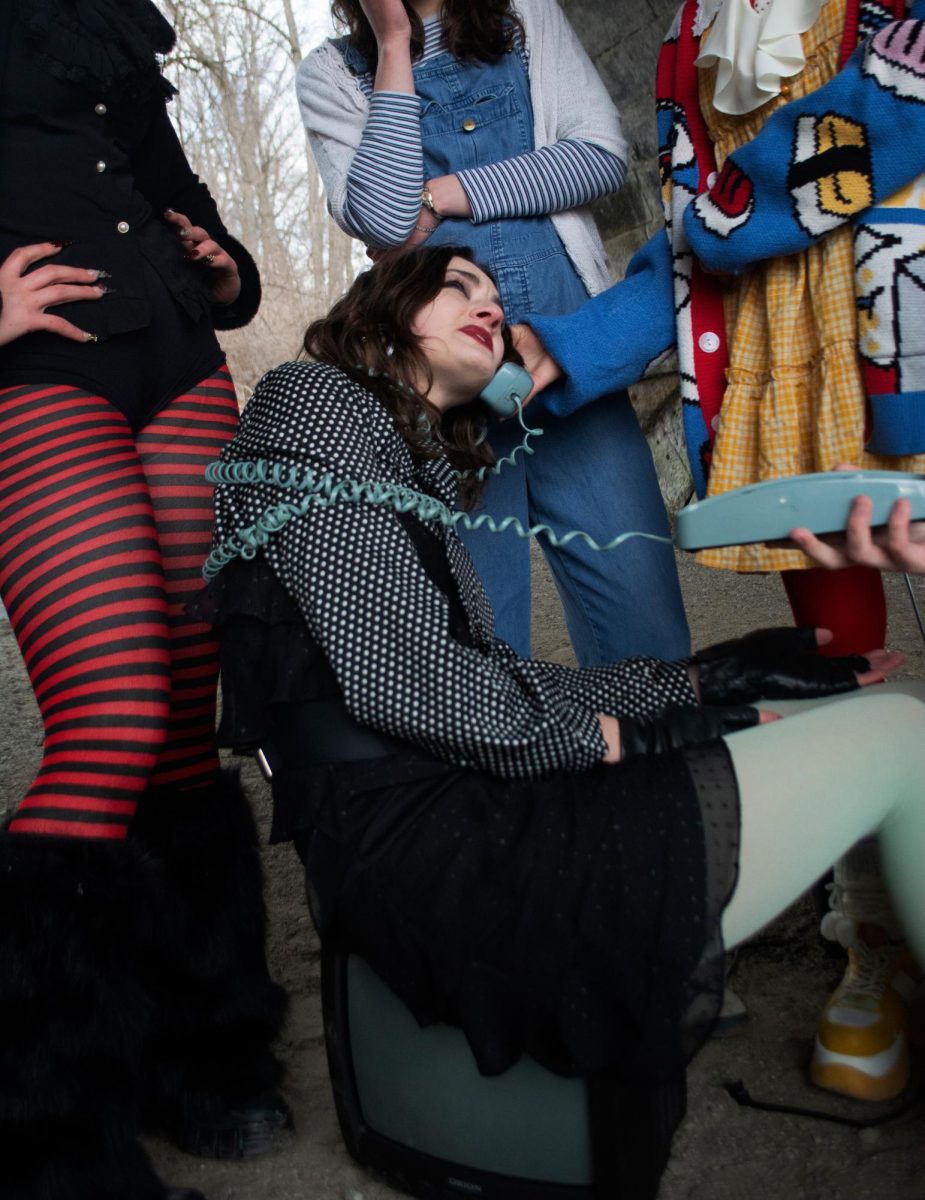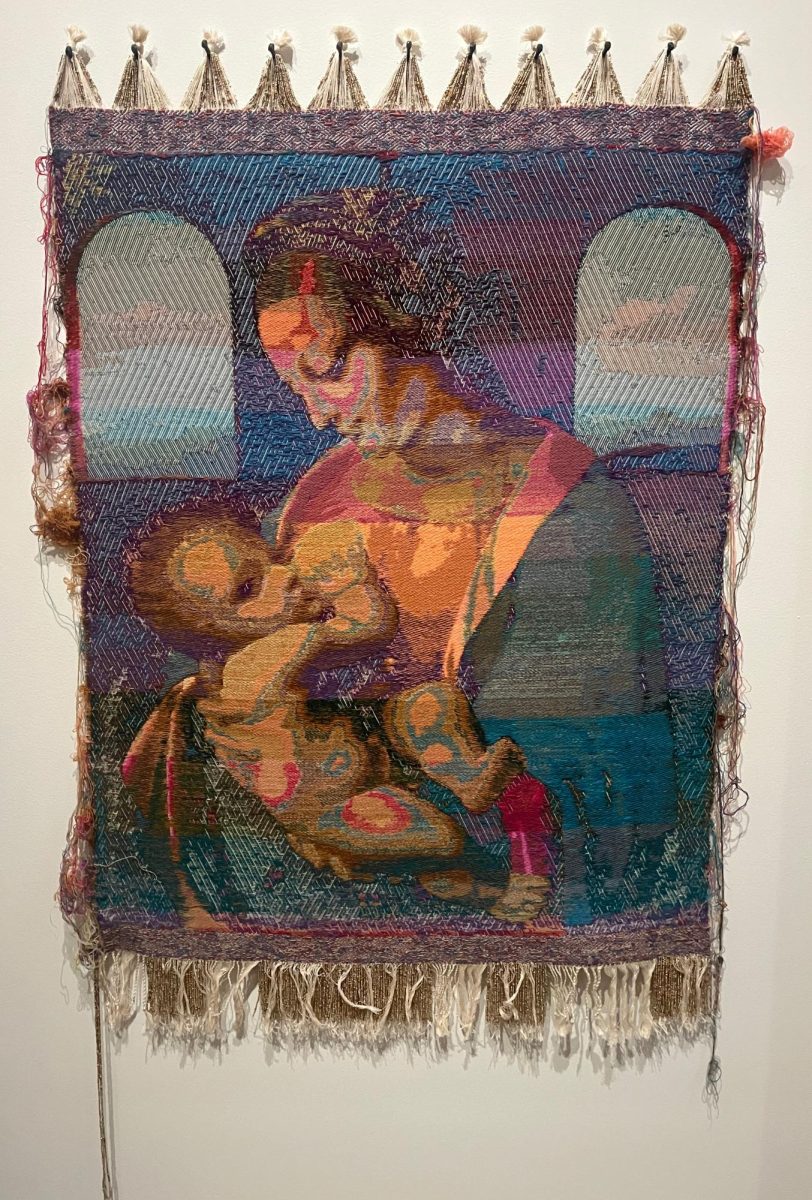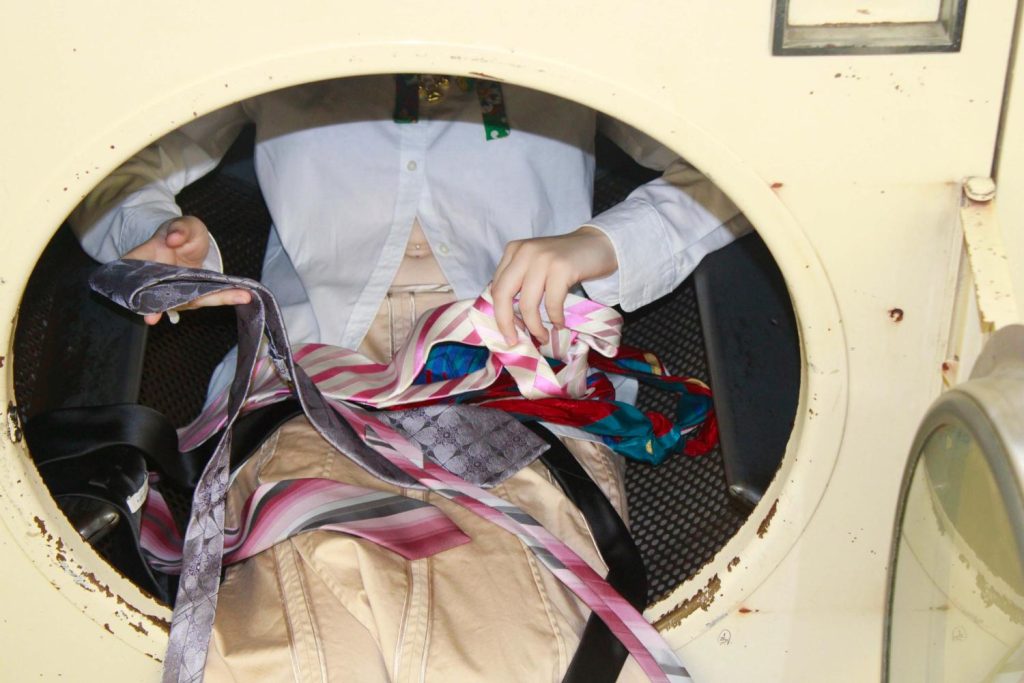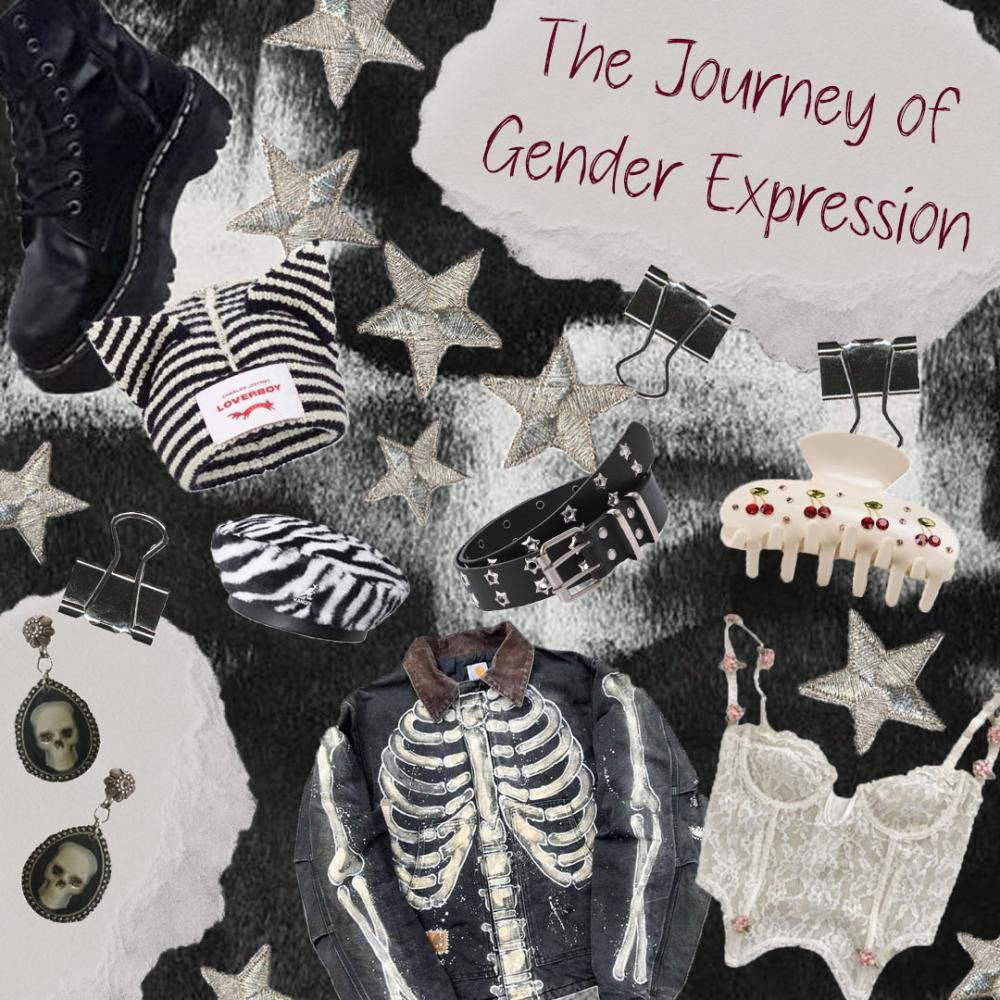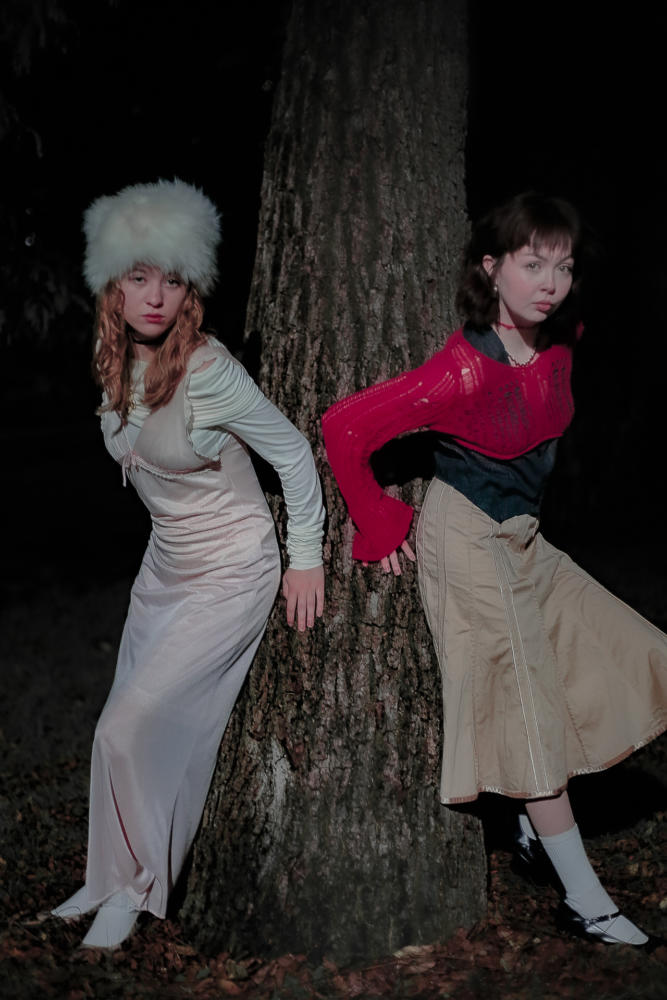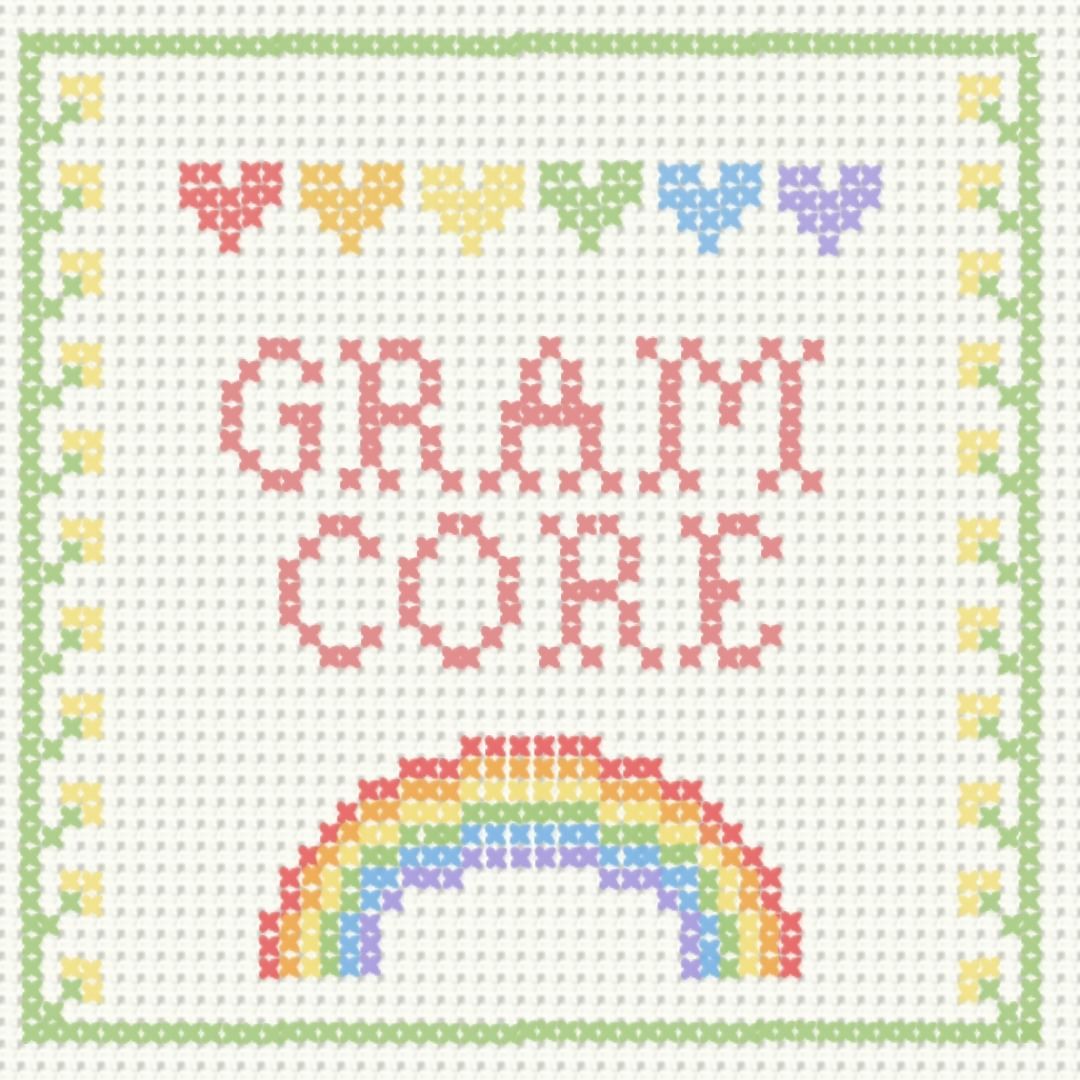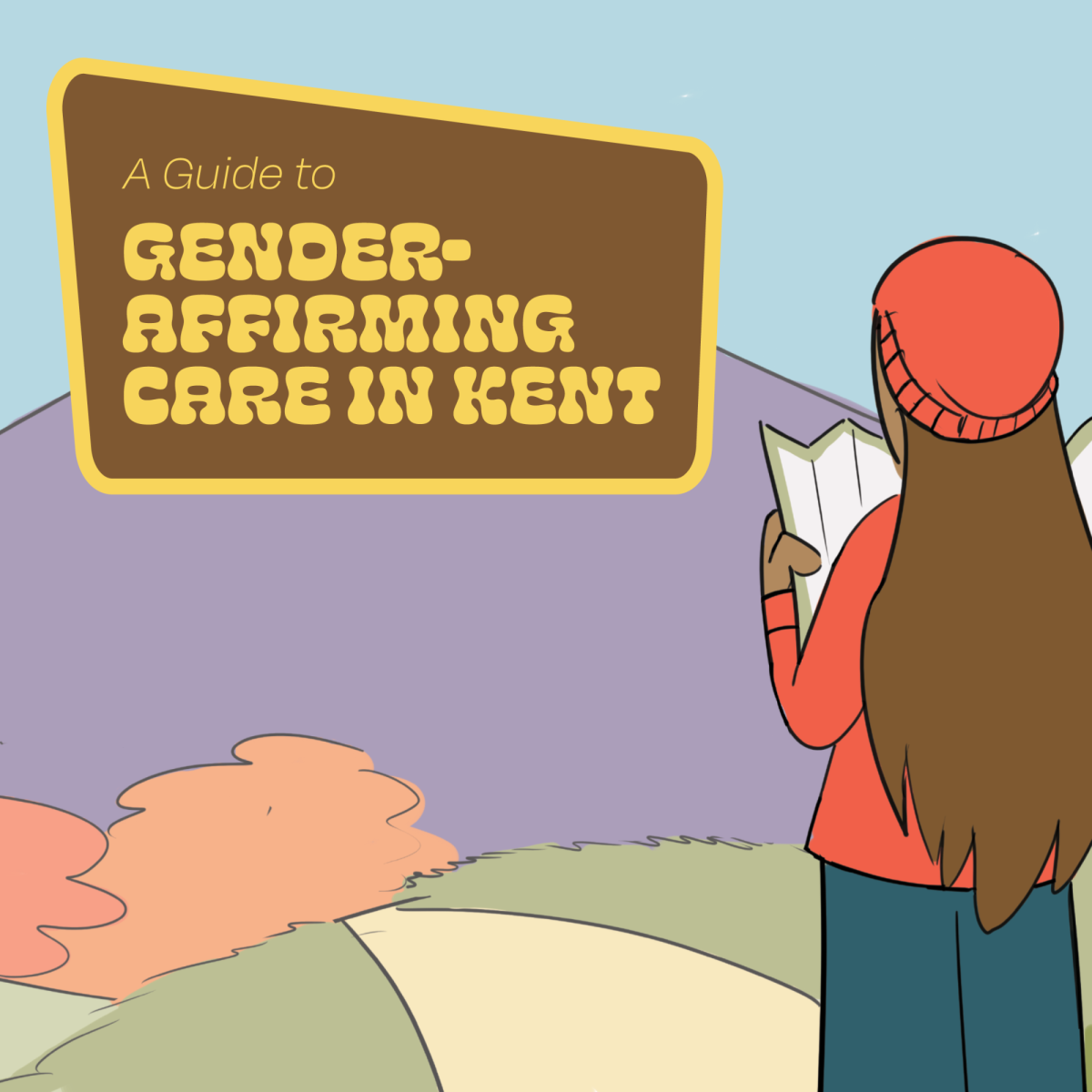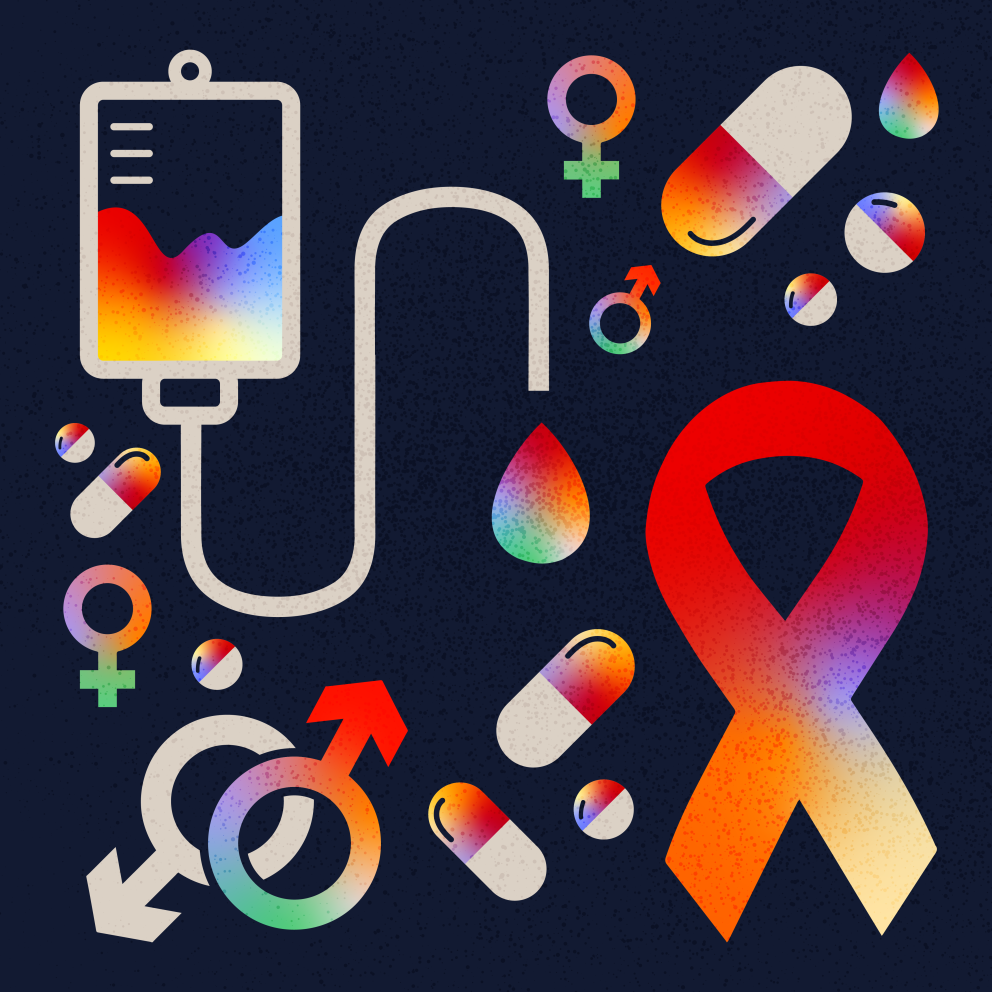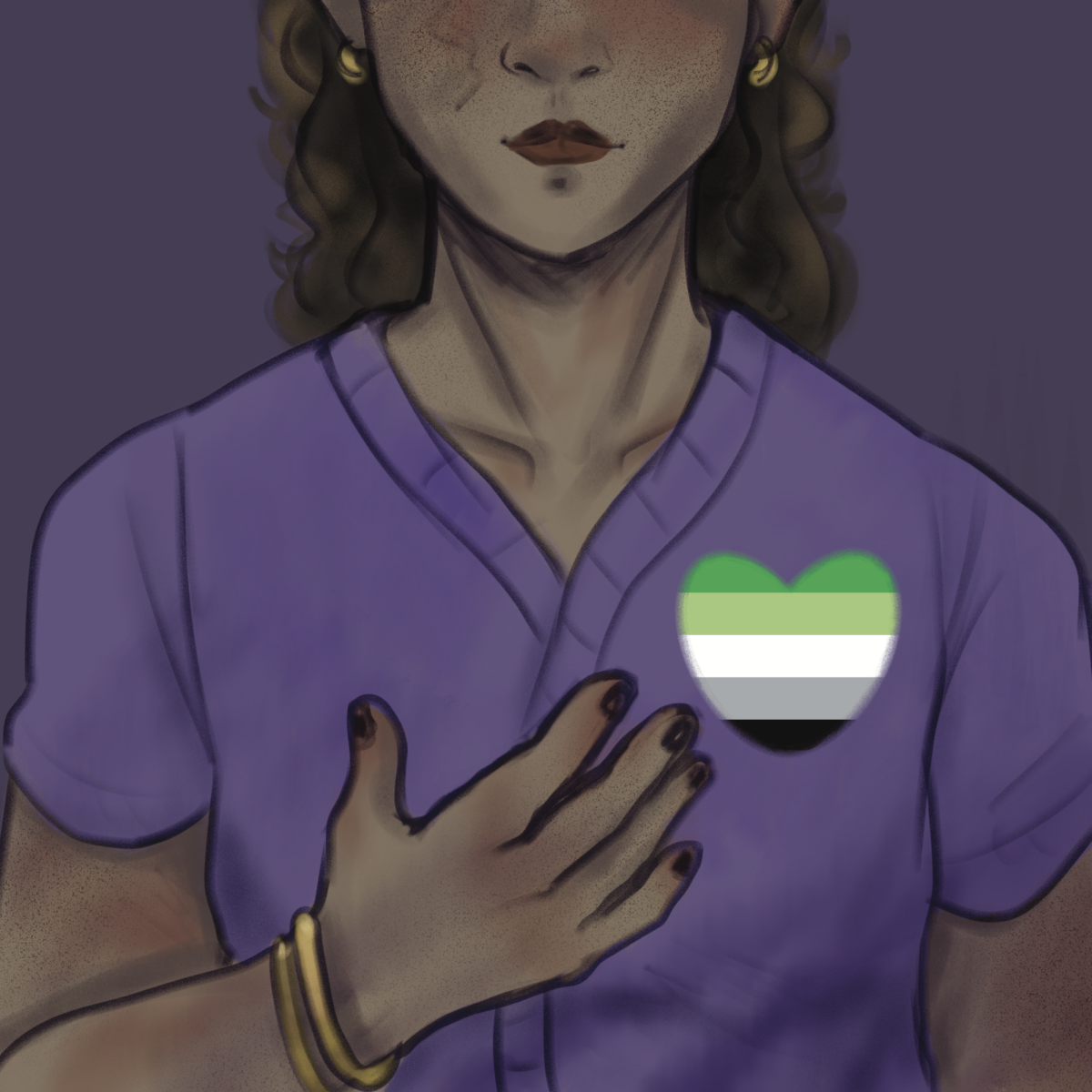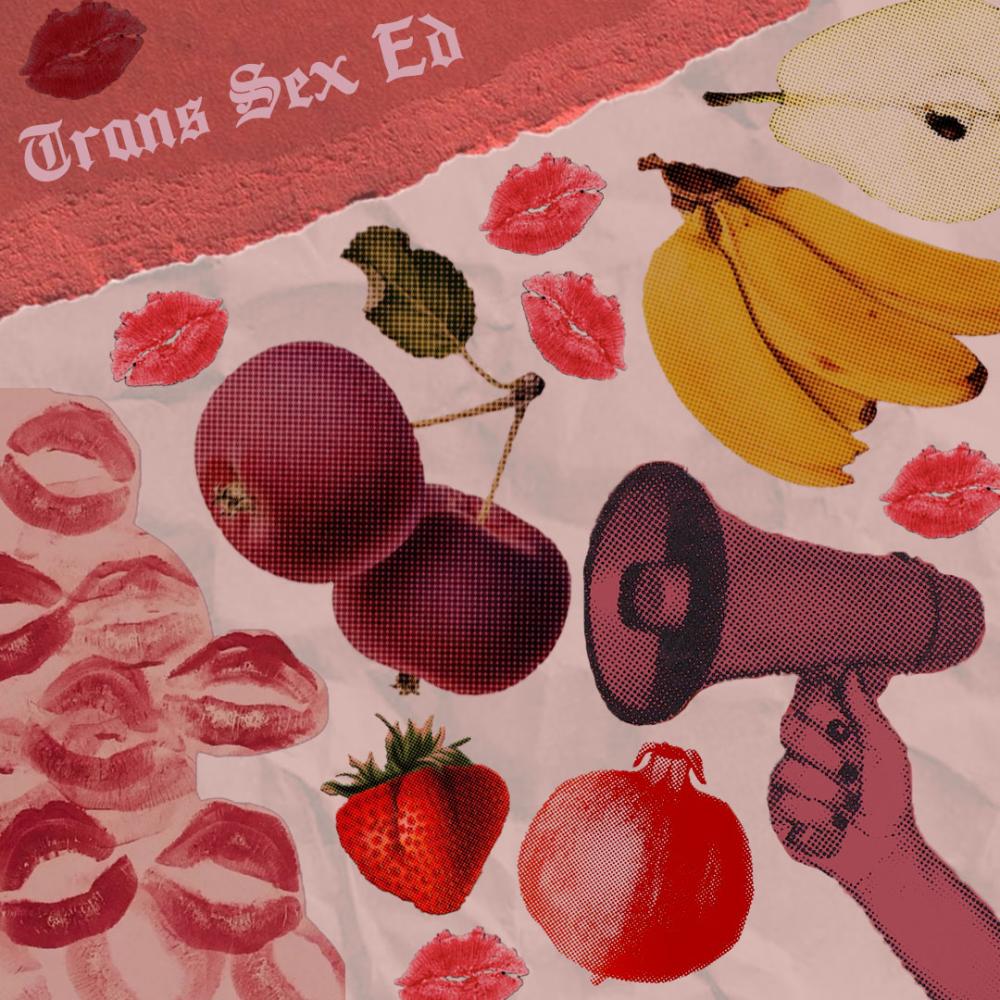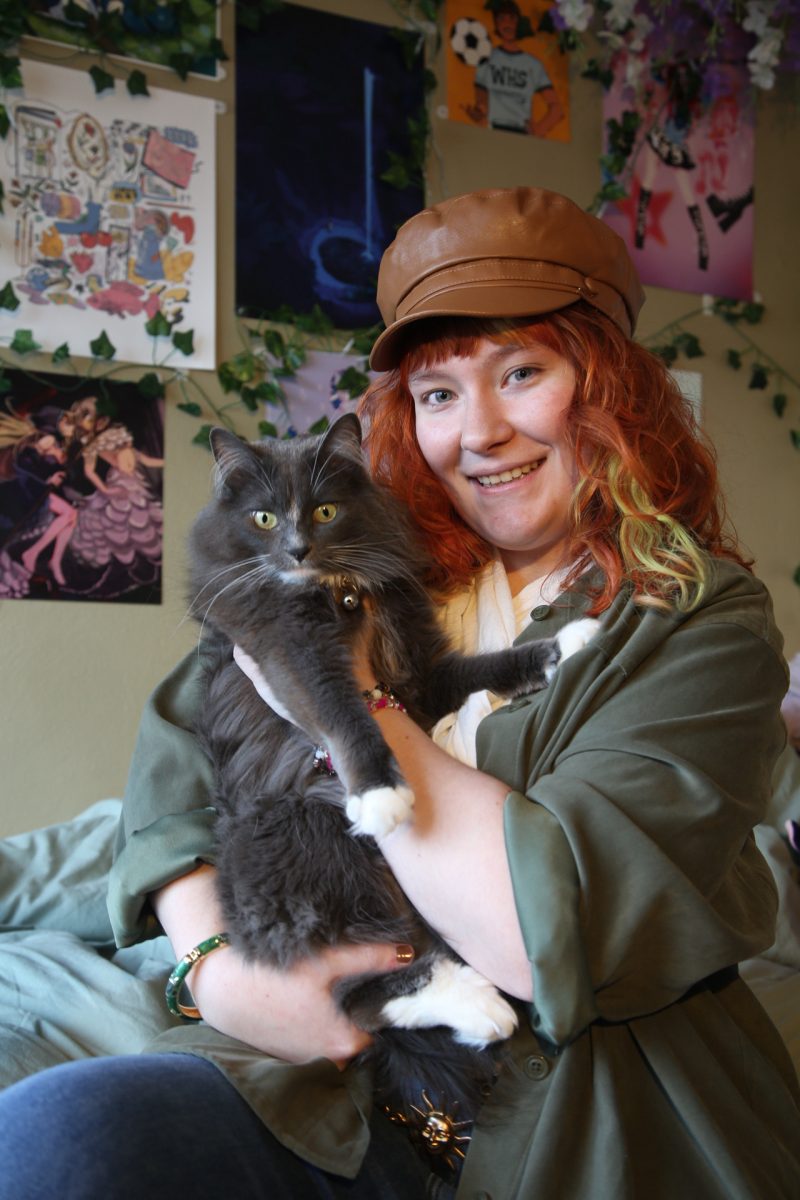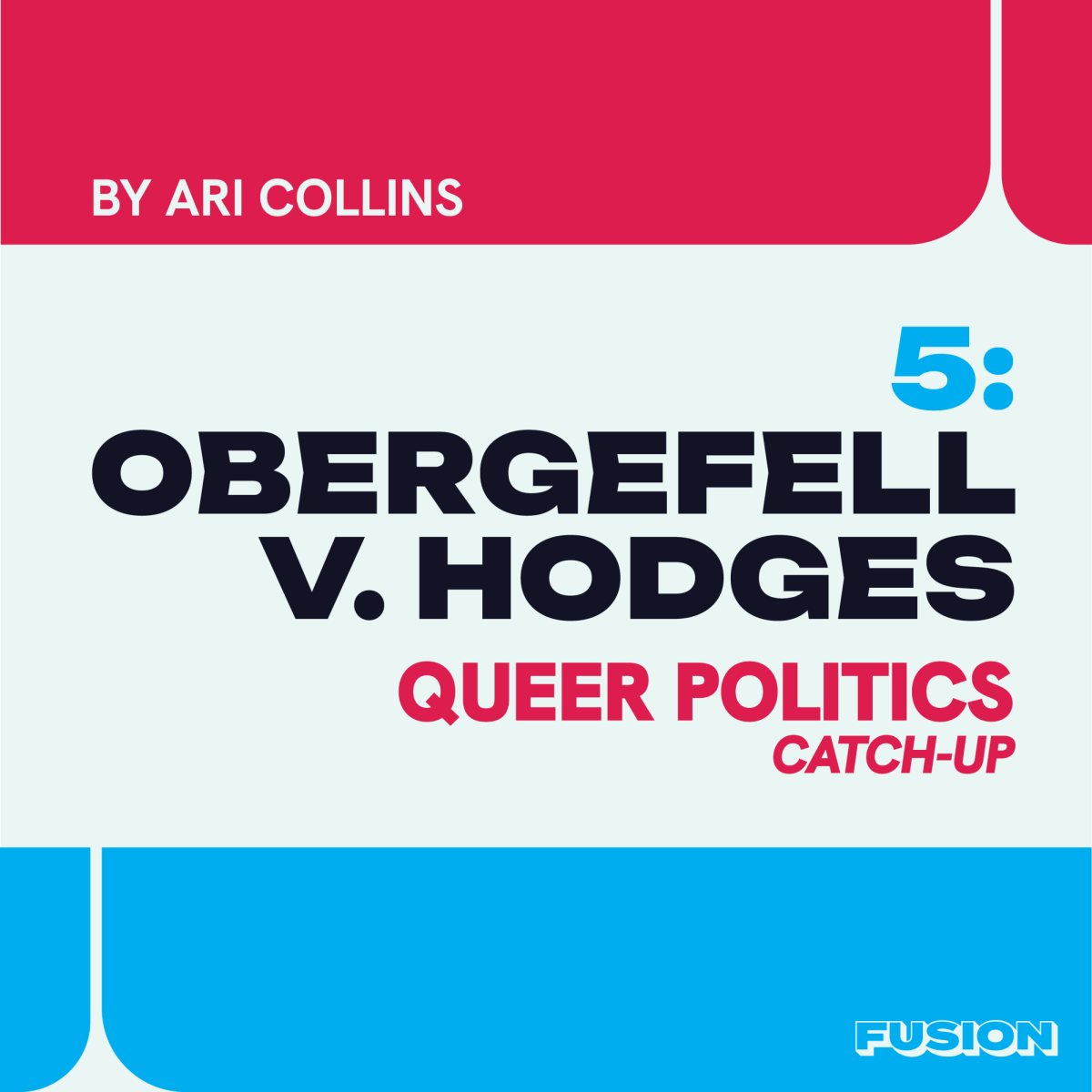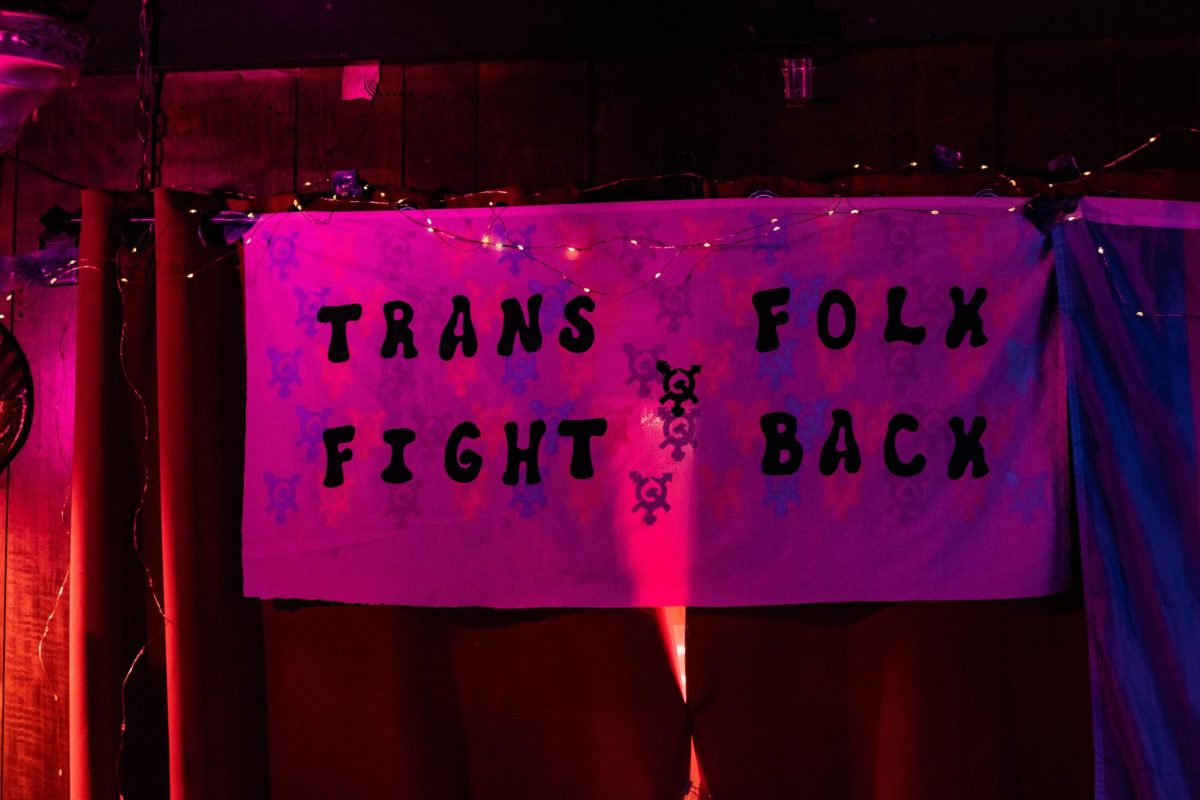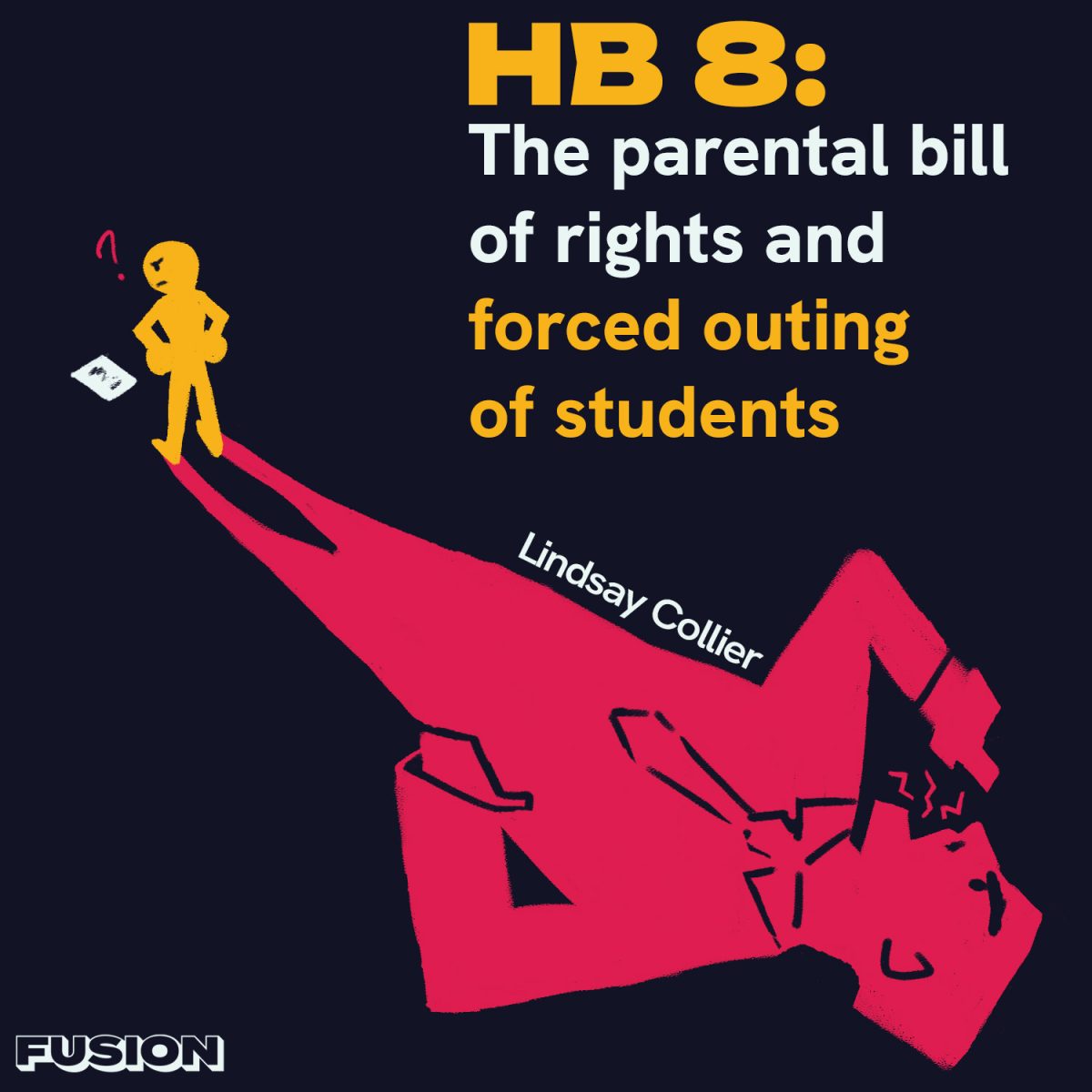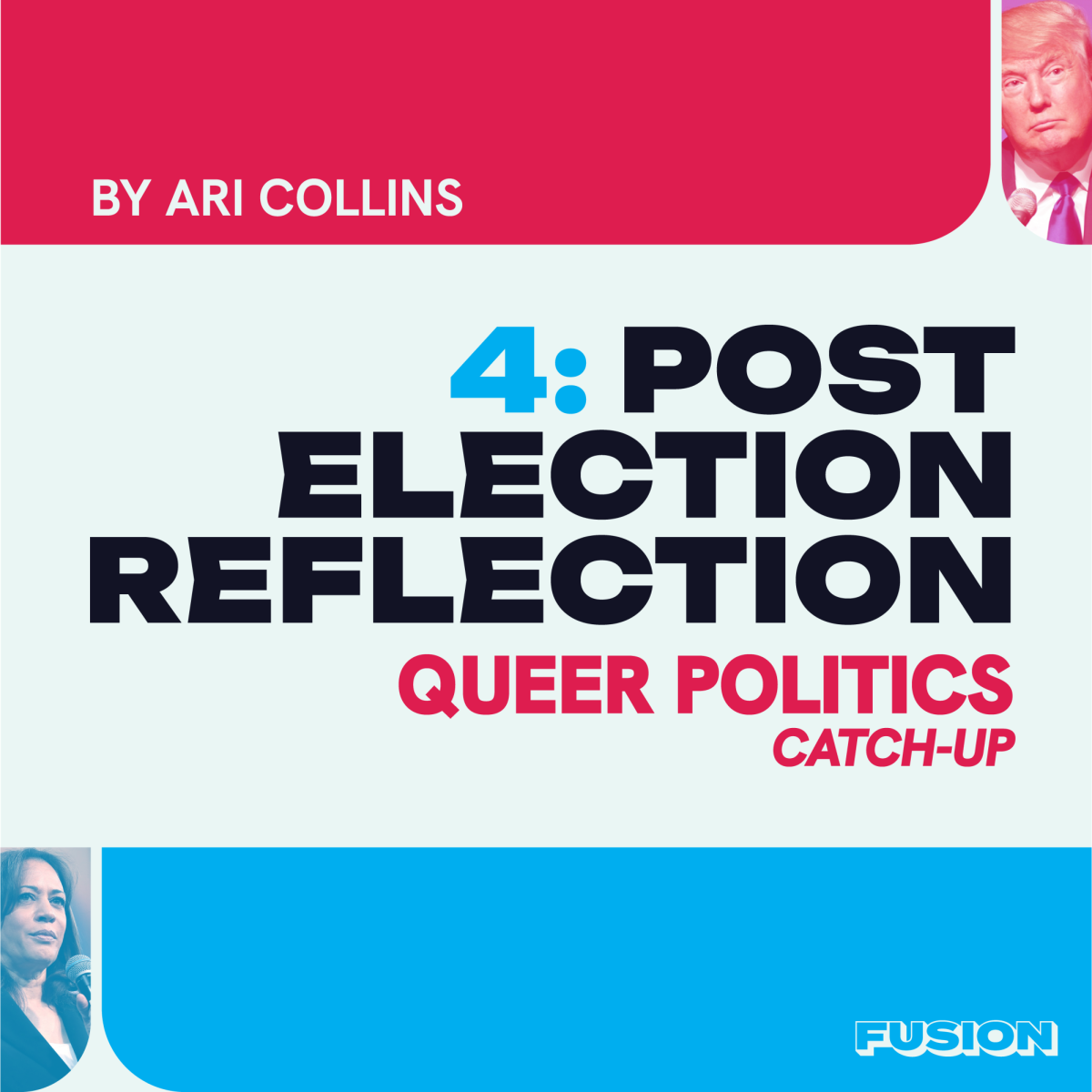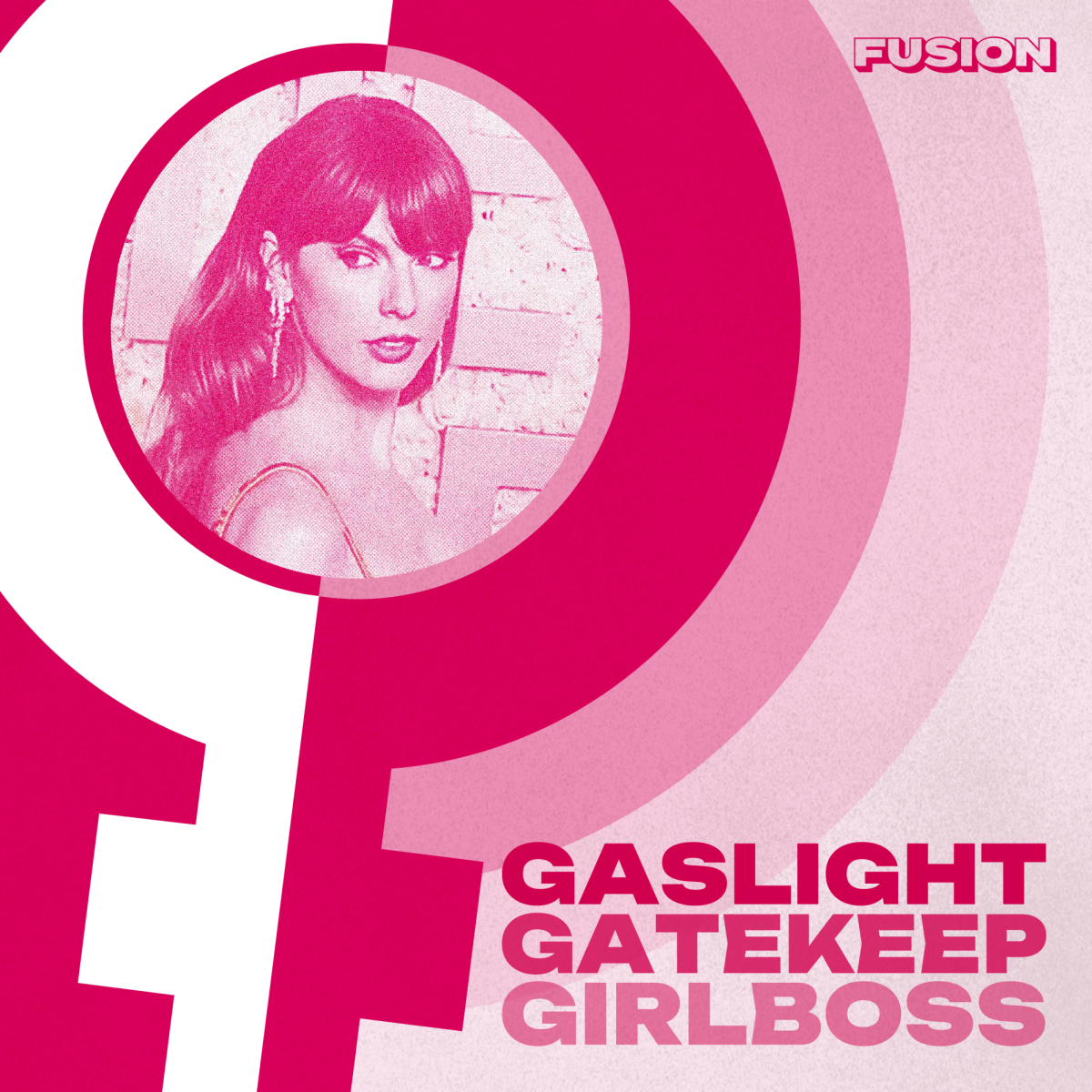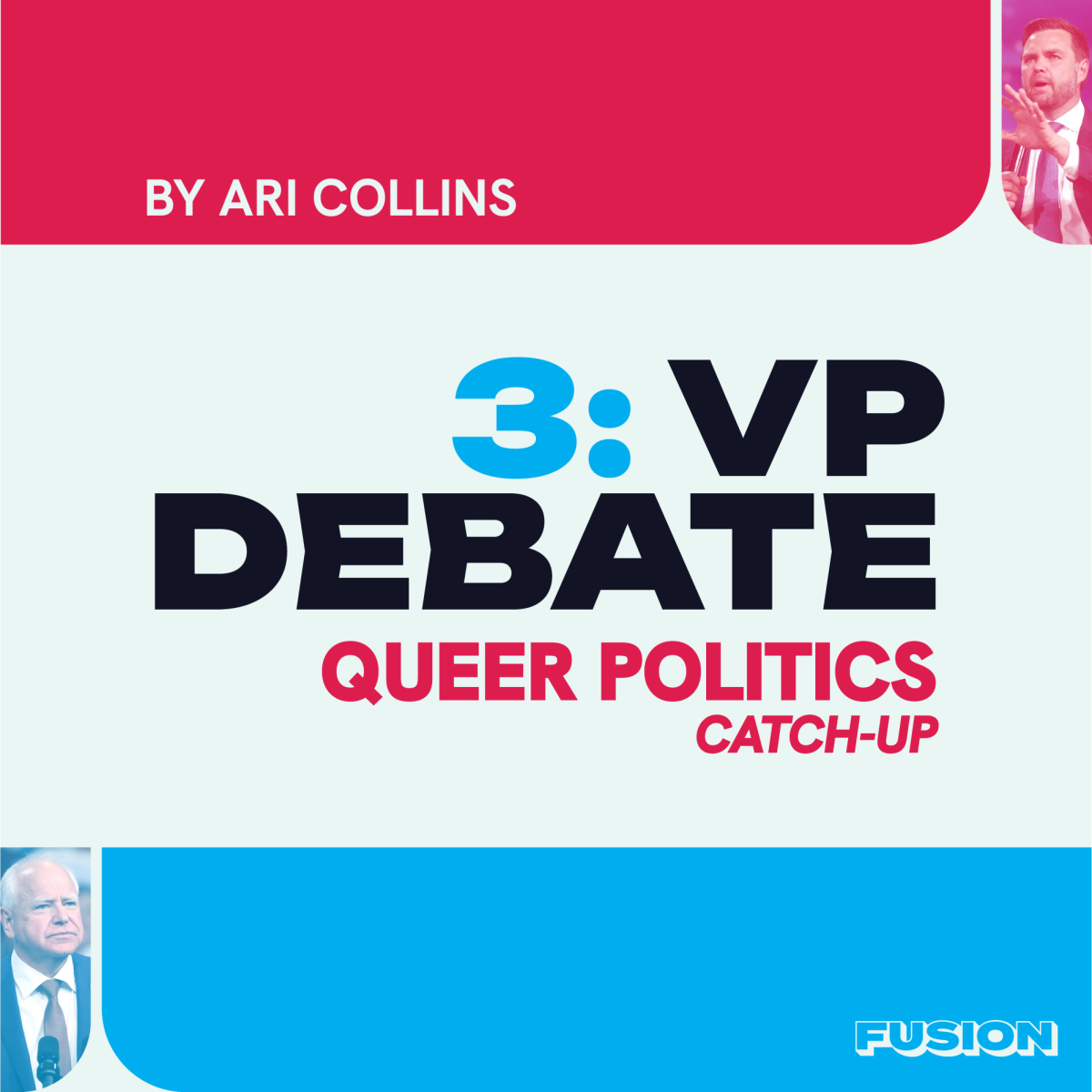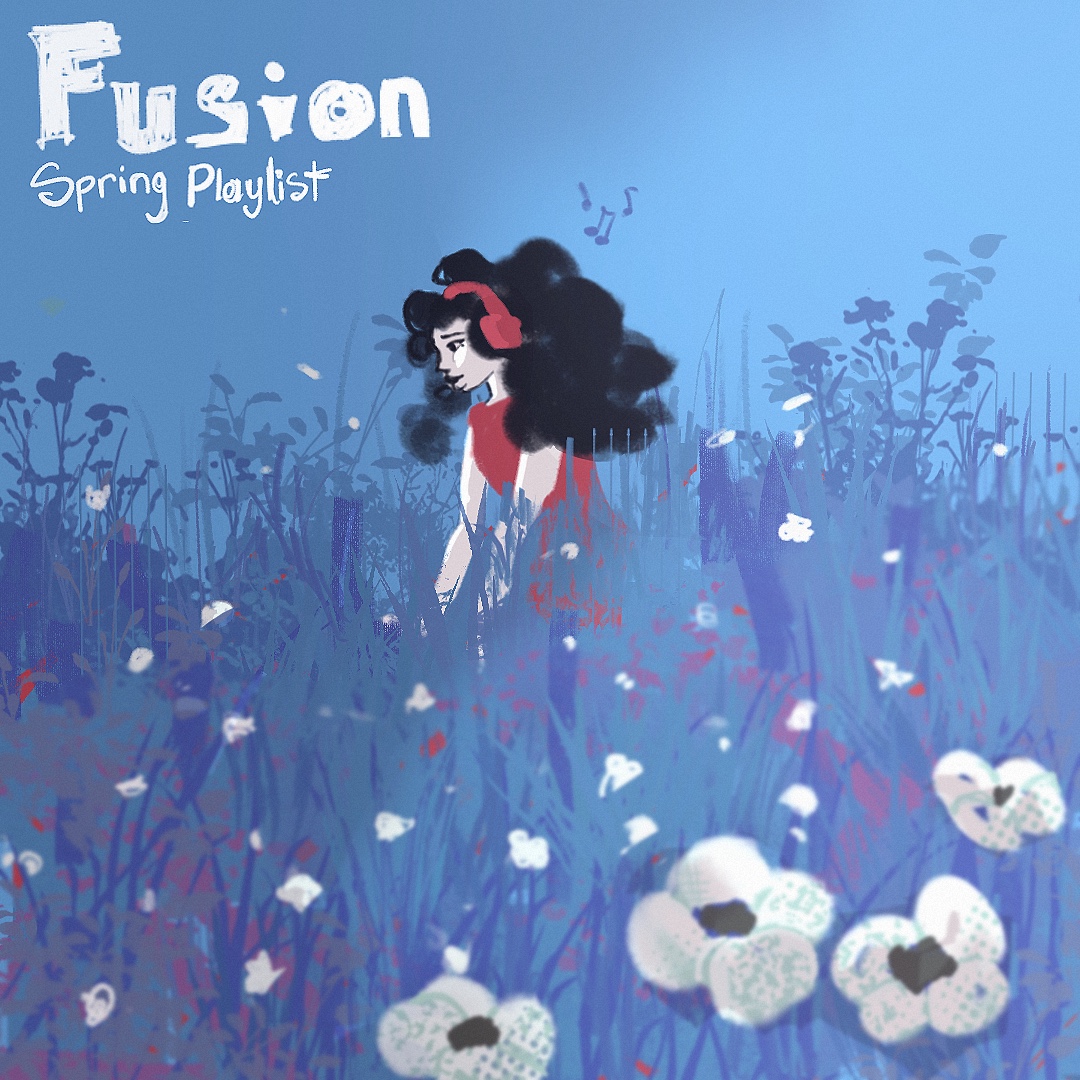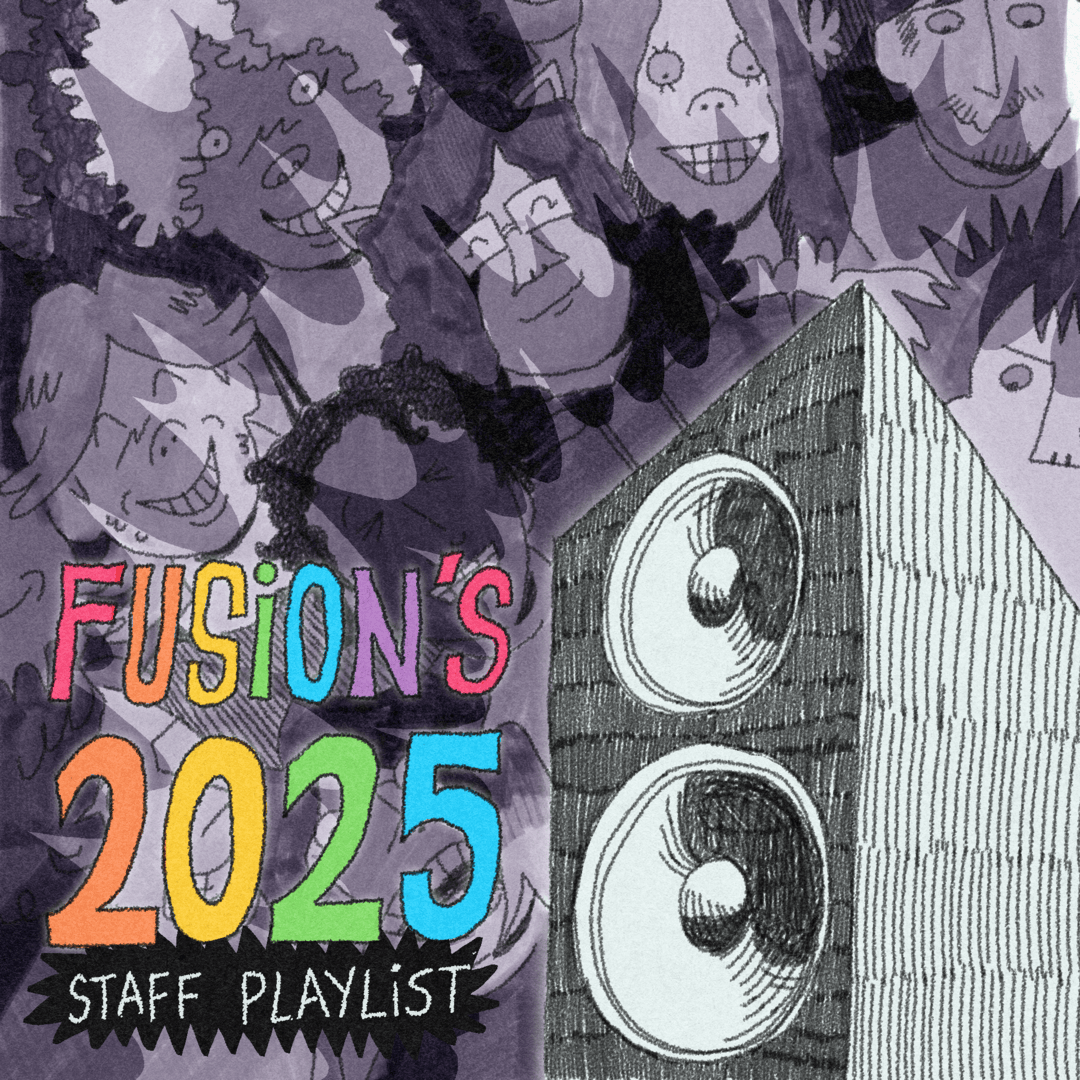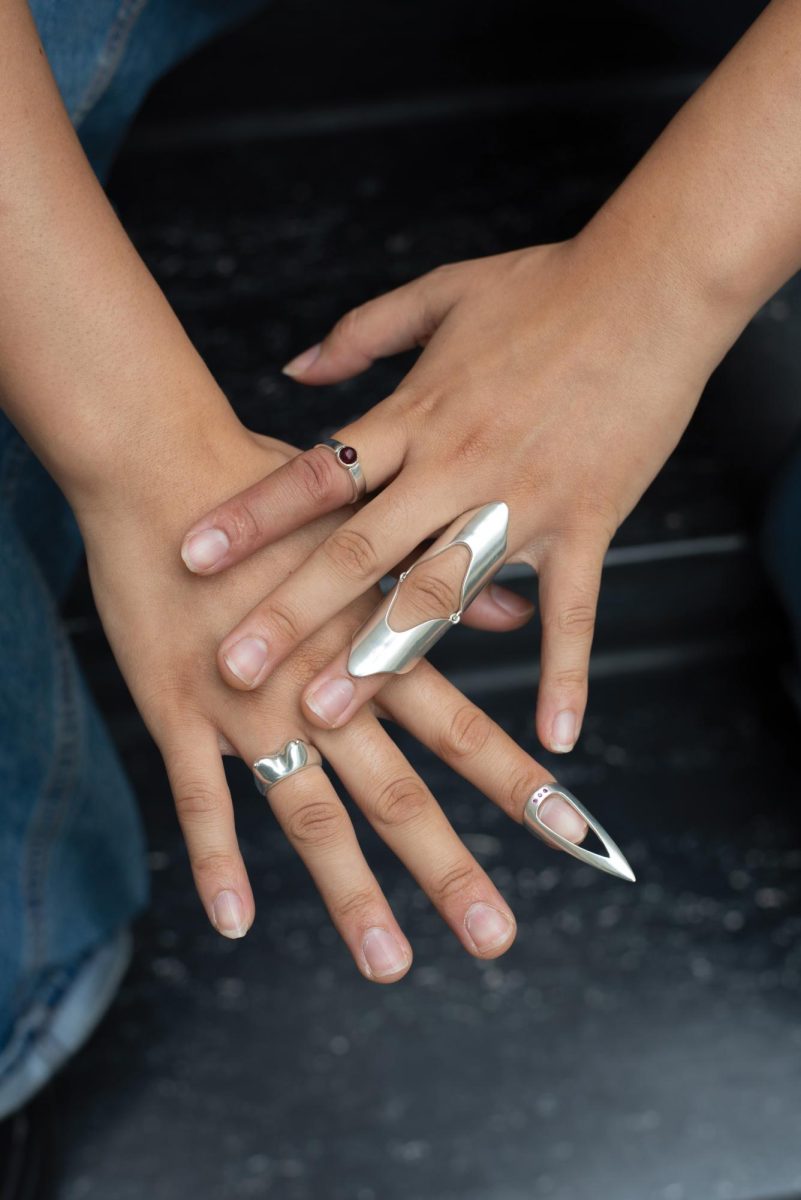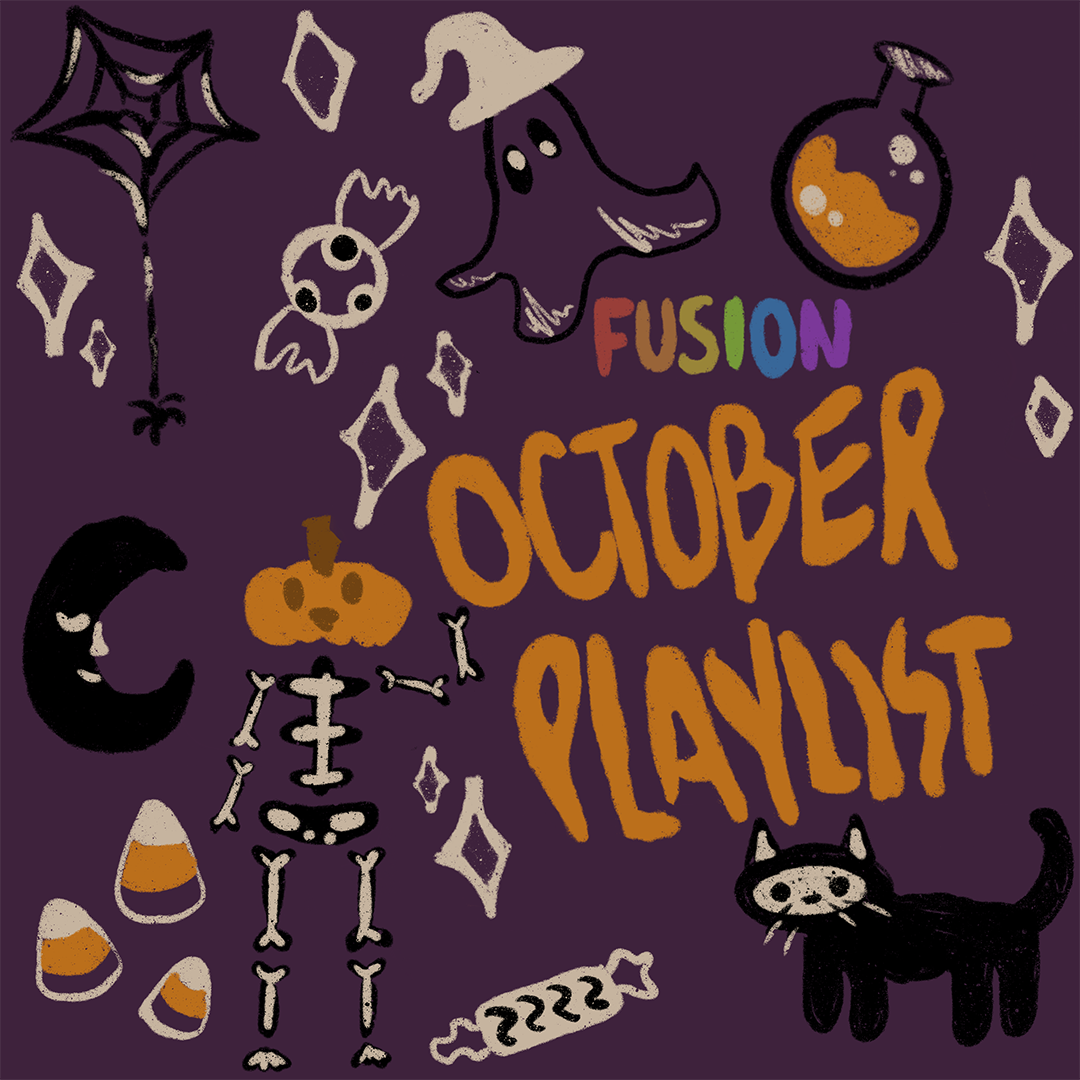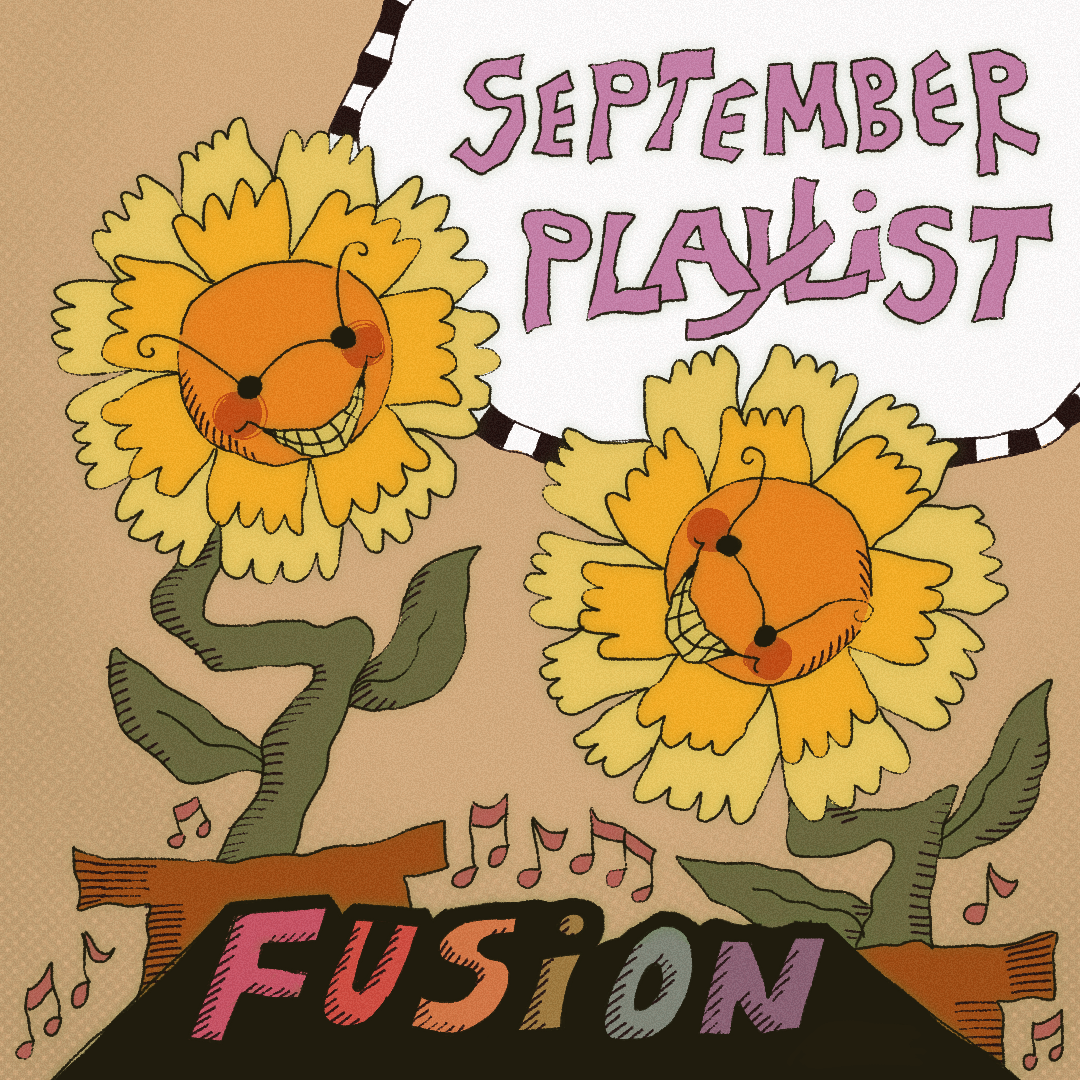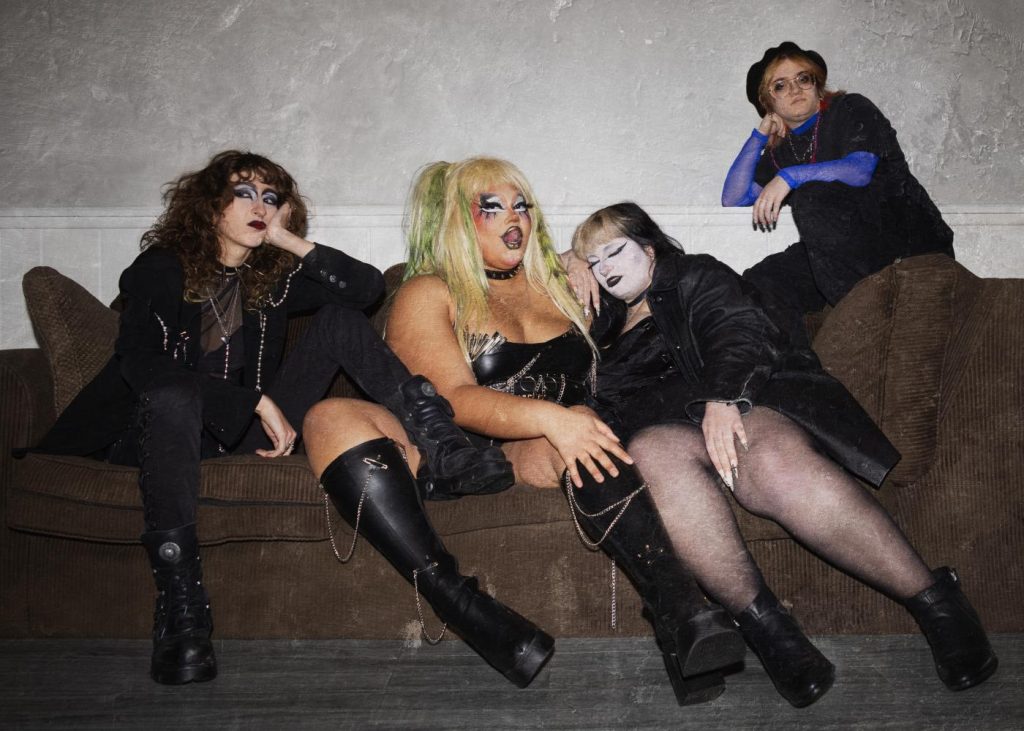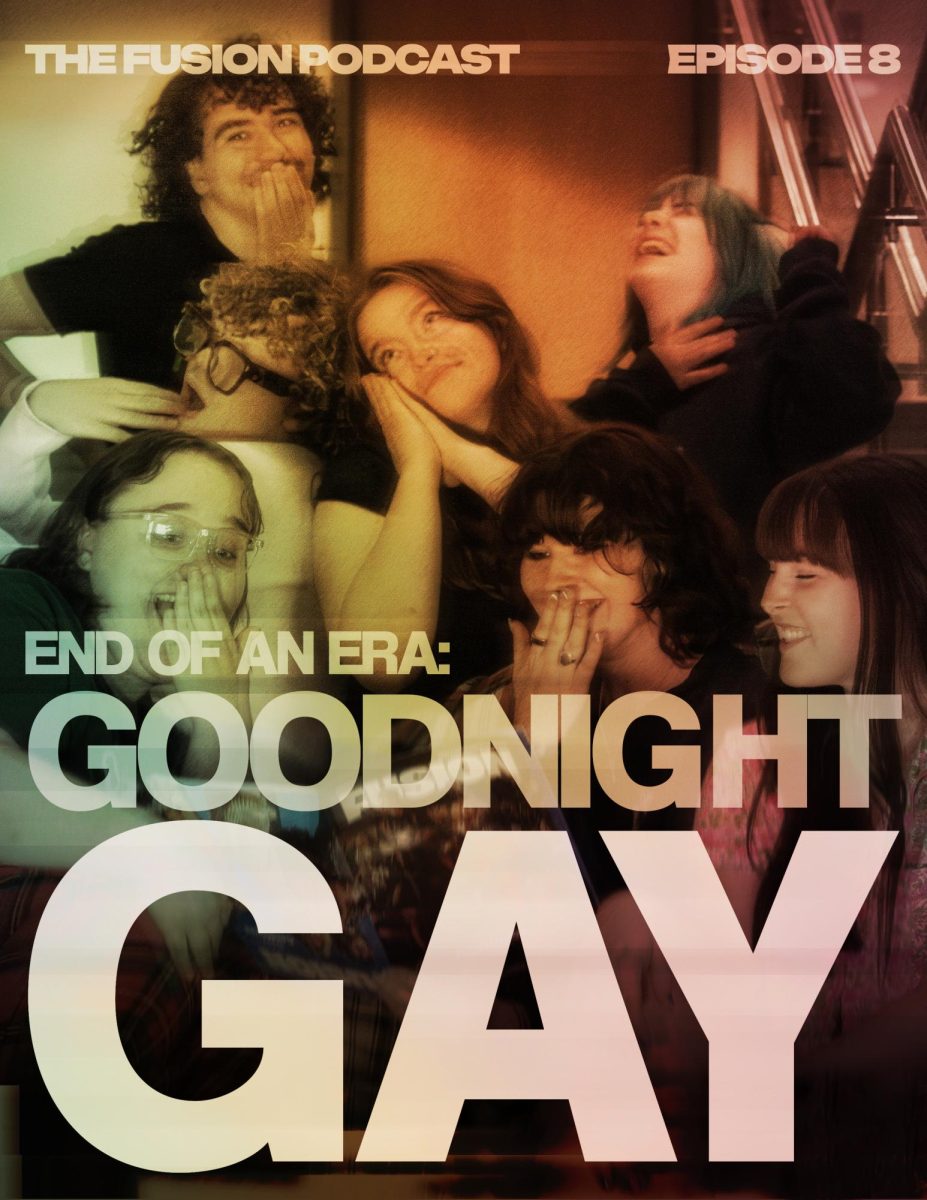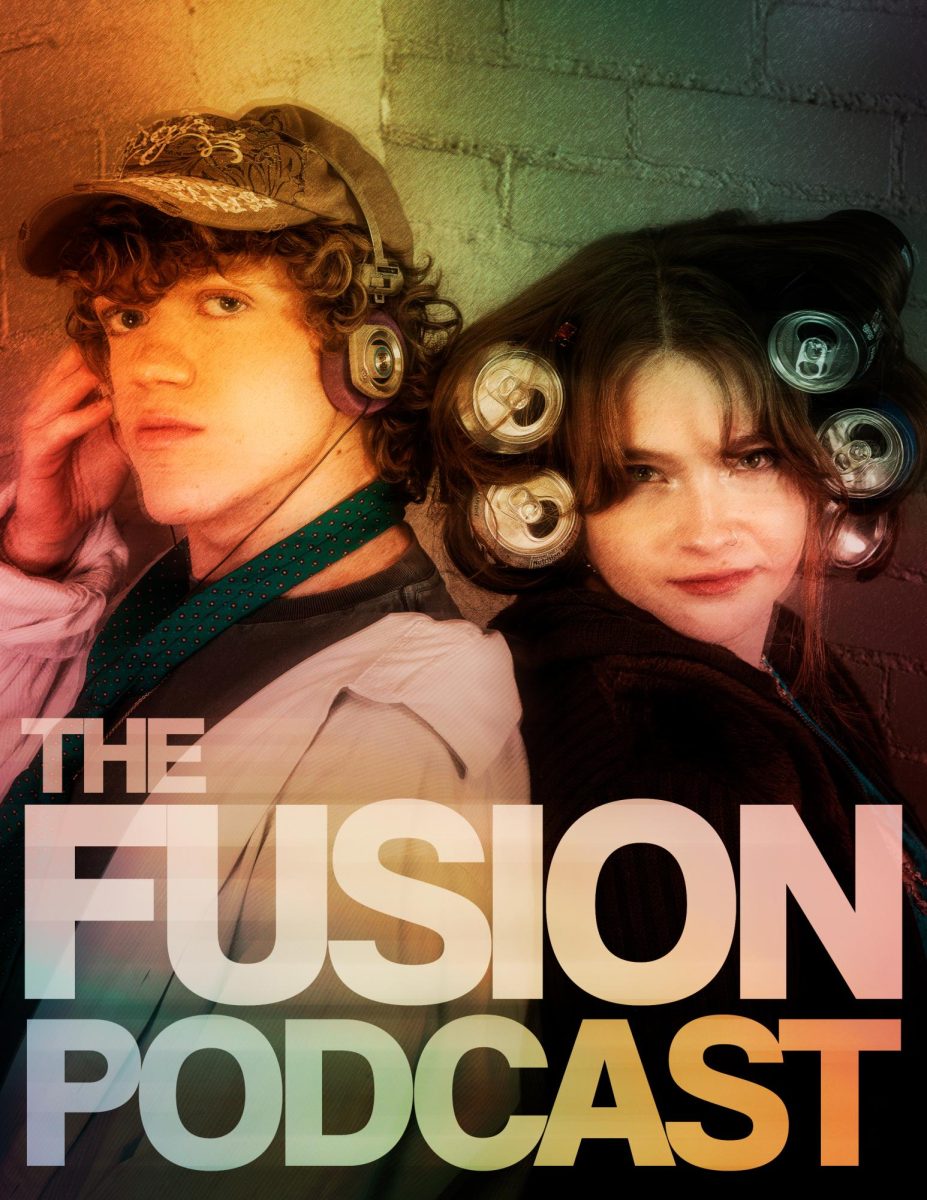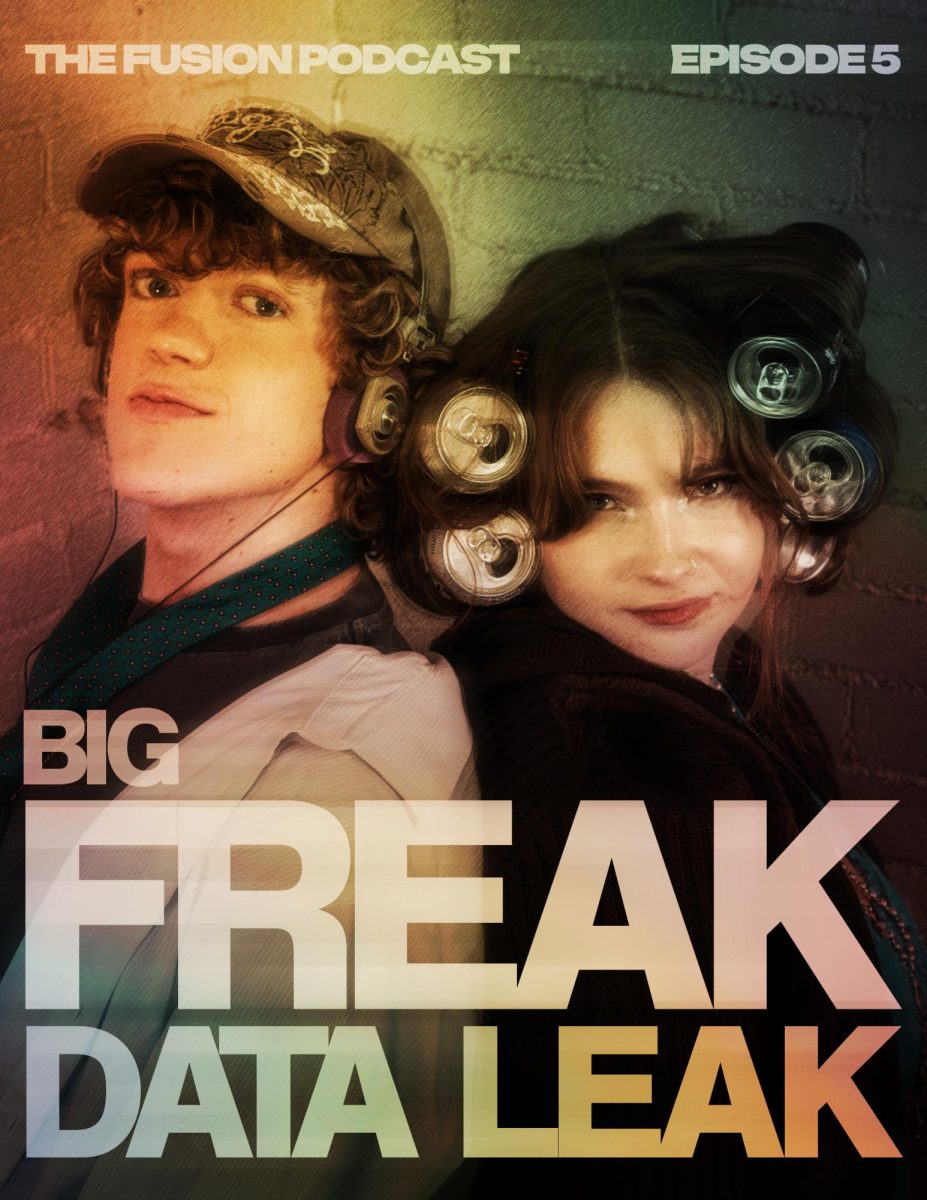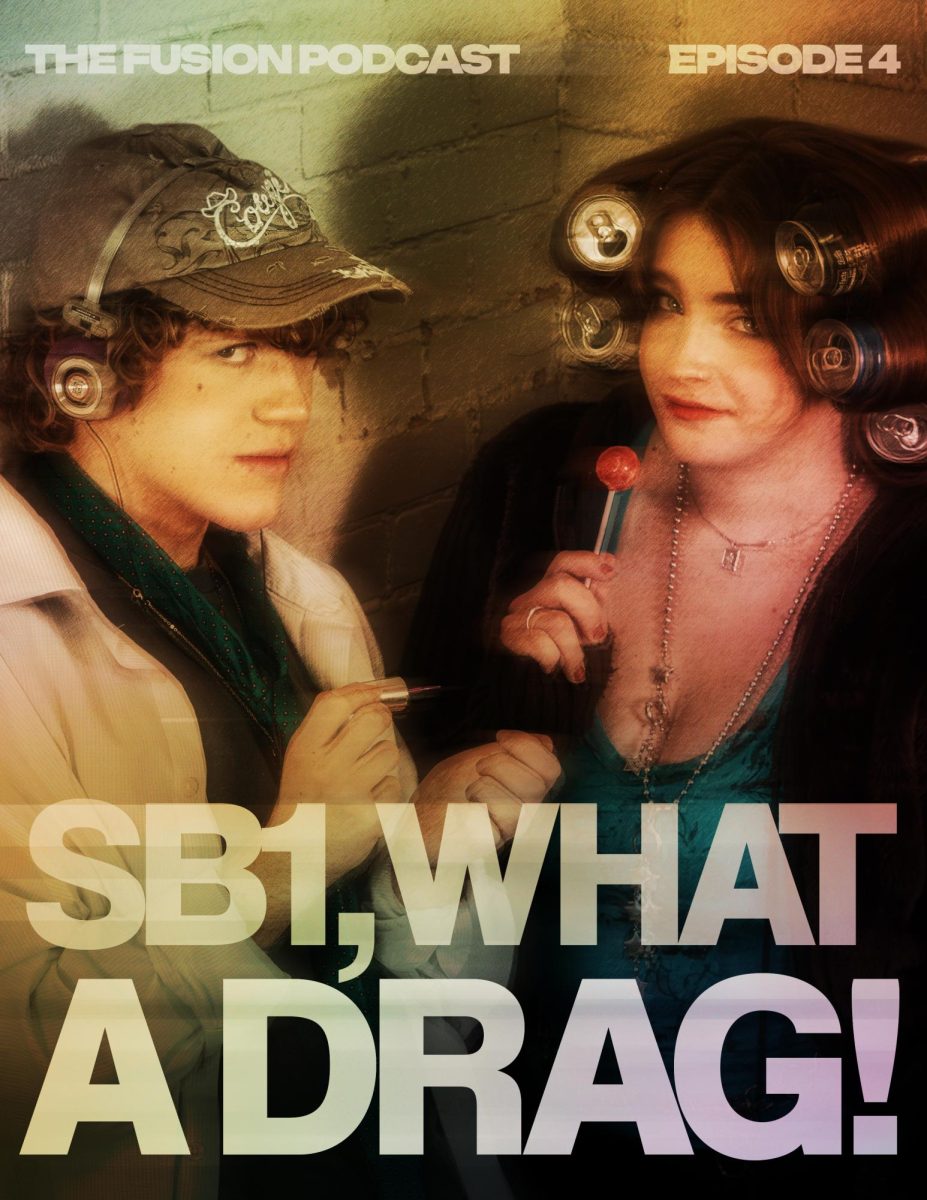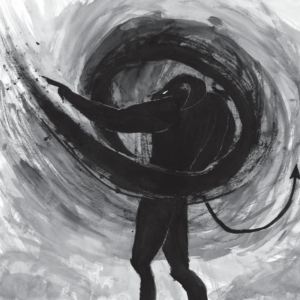
One of the most popular tabletop role-playing games, Dungeons and Dragons (D&D), is more than a game. From its conception it has been a beacon of safety for outsiders. Recently, D&D has been a safe space for queer players.
D&D is one of, if not the most, popular tabletop role playing games (TTRPG). D&D is a game where players can create their own in-game characters and act as them. They pick a character’s species from a plethora of fantasy creatures, choose how they fight from a number of different magical classes and customize their personality and style.
“You don’t have to be yourself,” said John Bultena, a professor at the University of California Merced, who teaches a class called Skill IRL? about TTRPGs and their history in a broad cultural context. “I get a lot of questions about gender studies and gender studies topics, all kinds of stuff. So it’s a really broad topic…I have a lot of queer students, I get a lot of trans students in my class. It’s a disproportionate amount from what we have in school.”
Bultena starts the semester telling students that culture around TTRPGs and D&D “comes out of wargaming, specifically Prussian officer training or games,” but the game aspect emerged as pop culture in the 1970s during the Satanic Panic, a time period with many conspiracies about satanic cults. The constant focus and attention on D&D made it a popular subject, especially among those who were outcasts. Over the past 50 years, D&D has become “more accessible…It’s just kind of part of the accepted popular culture,” said Bultena.
With more acceptance towards both TTRPGs and queerness, a D&D game is “a place where we can be together away from the mainstream,” said Colten Kee, a Kent State University student who has been playing D&D for three years. “I think a big part is that, generally, the nerdier subcultures have gotten more queer over the years. I think that queer people sort of gravitate towards the outsider culture because historically we have been treated as an outsider.”
Many players who have been a part of the D&D community for a while know the culture has not always been this inclusive. Bultena added “for us it was shocking to have girls that play D&D at the time.” As the game moved into the mainstream as a positive experience, a wider audience was exposed to it, which opened D&D to a larger player base.
Role playing is central to the D&D experience, Kee described these aspects as, “a very good way to play with your identity. Like you can create a character and live as that character for hours with other friends. There are no limits to your character.”
In a world where you can shoot magical fire, revivify people and blink in and out of existence, making a character who doesn’t fit in with earthly human gender or sexual standards isn’t at all outlandish. If a player is questioning their gender, they could play as a new gender; a potential future them.
D&D can affirm more than gender. For Kee, being able to play out various scenarios was affirming their asexual identity. “ I can pretend to be someone who has magic and someone who robs banks and stuff like that, but it is very hard for me to pretend to be attracted to somebody.”
Bultena saw this in his students as well, “you could try something new or you certainly can embrace a certain element of yourself, but you always bring a portion of yourself to the game.”
A quote that always stuck with Bultena was “rules are just a recommended guideline for using the product.” D&D can be whatever you want it to be and you can play it however you want to. That baseline can form thousands of ideas and lead to limitless possibilities.


